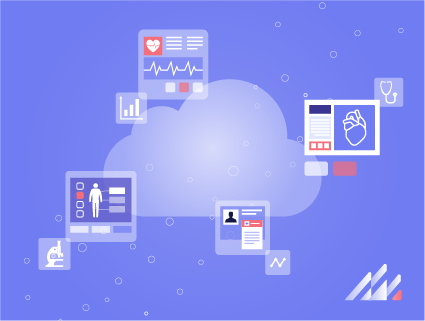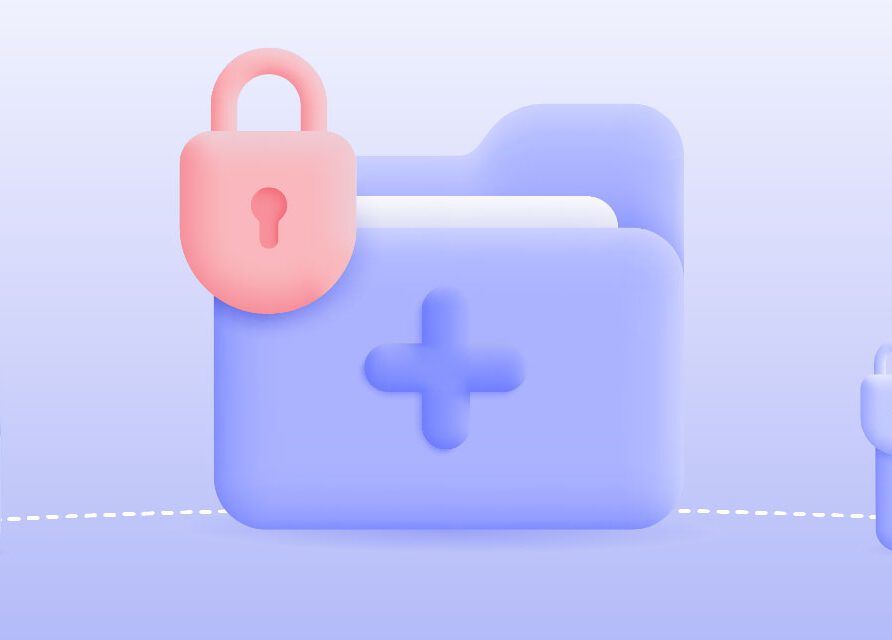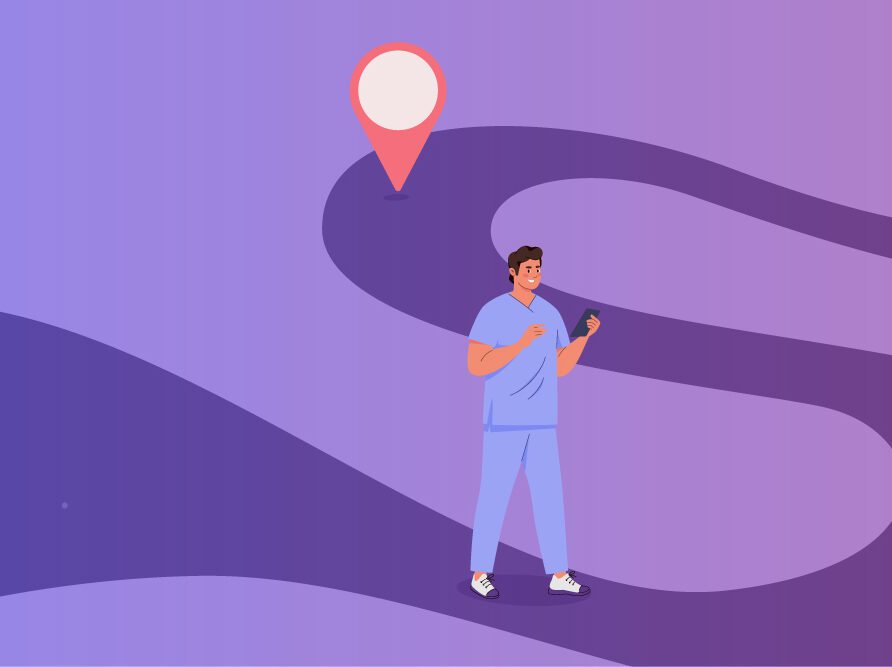Article
Product versus platform: What’s the difference?
In the most recent state of healthcare report from HIMSS, 99% of U.S.-based health system leaders and 95% of their international counterparts said it is important for their organizations to actively invest in digital transformation. The move from paper charts to electronic health records (EHRs) has been a significant shift across the industry. Today, healthcare organizations have a new opportunity to modernize their digital capabilities by transitioning from an EHR to a platform-based approach.
To understand this next inflection point in healthcare, I’d like to break down some of the differences between IT products and platforms.
Defining products and platforms
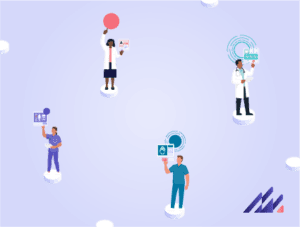 A product can be defined as an application that executes a certain set of commands by a user to perform a task or set of tasks. It is usually limited to a certain user persona (e.g., a pharmacist, nurse or surgeon) and typically cannot perform functions beyond its intended purpose to drive further innovation. A product may have a very small subset of capabilities that an entire enterprise needs to fulfill various duties.
A product can be defined as an application that executes a certain set of commands by a user to perform a task or set of tasks. It is usually limited to a certain user persona (e.g., a pharmacist, nurse or surgeon) and typically cannot perform functions beyond its intended purpose to drive further innovation. A product may have a very small subset of capabilities that an entire enterprise needs to fulfill various duties.
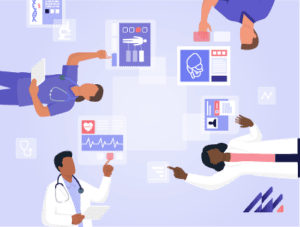
A platform is an umbrella of services, technologies and innovations that meets the needs of a much broader set of users, providing data flow and data services. A platform may also leverage other platforms to extend beyond its own capabilities.
To illustrate the distinction between products and platforms, consider Microsoft Outlook and Microsoft 365. Outlook is an application that has a very focused set of functions—namely, sending and receiving emails. Microsoft 365 is a platform with multiple applications including Outlook, Excel and PowerPoint. Microsoft 365 can also integrate with other services, from virtual grammar assistants to document signing tools, to create a more robust user experience.
The power of platforms in healthcare
Healthcare organizations of all sizes may currently leverage dozens of disparate IT products and solutions to support their clinical, financial and operational tasks, which often contribute to data discrepancies, among other inefficiencies.
Platforms, on the other hand, may integrate data from different applications, helping to create consistency. Think of all the staff members that might play a role in a single patient’s care experience, including physicians, nurses, quality team members, coders and billers. With a single platform approach, these different users can access the same, most current data available to fulfill their duties and avoid the pitfalls of traditional EHRs.
Organizations that opt for a web-based EHR platform can take advantage of several other benefits as well. From a security perspective, cloud services like Microsoft Azure enable a broader, more comprehensive security posture than a single application running on a desktop or smartphone. Platforms hosted in the cloud also tend to have greater availability and reliability, so users do not have to contend with systems that are down or painstakingly slow.
One of the most exciting elements of the transition to an EHR platform is the flexibility for future innovation. Machine learning, artificial intelligence and ambient voice technologies are just a few examples of applications a healthcare organization could layer onto a platform to extend its services and drive users’ experiences.
A new era of digital health is already underway. With the right technology partner, organizations can make the leap from an EHR to a true platform of health. Learn about the Sunrise™ Platform of Health here.

